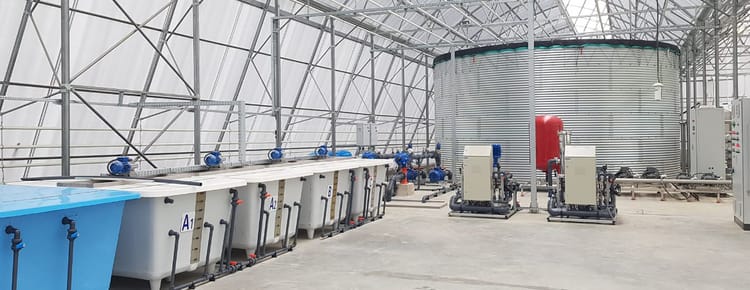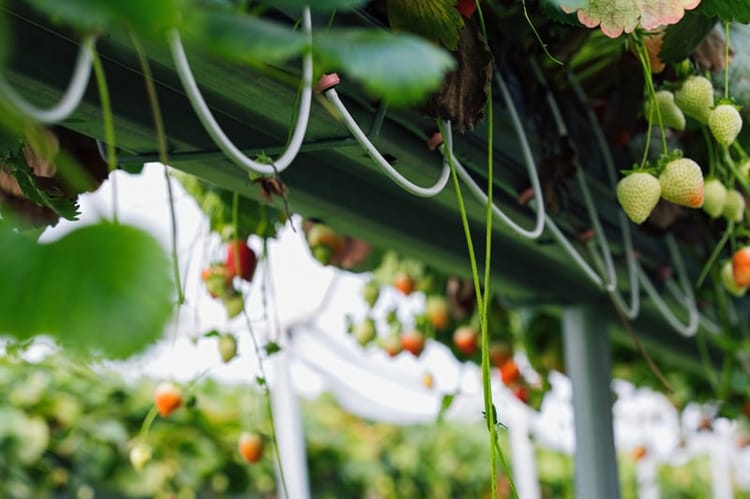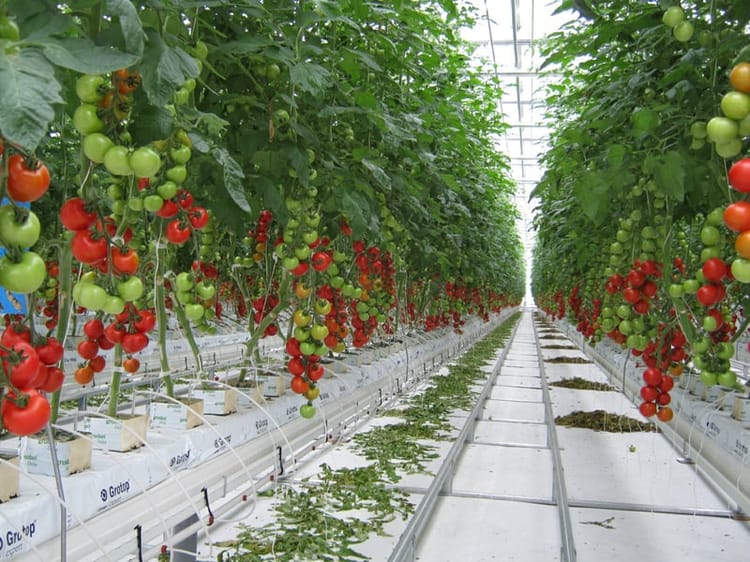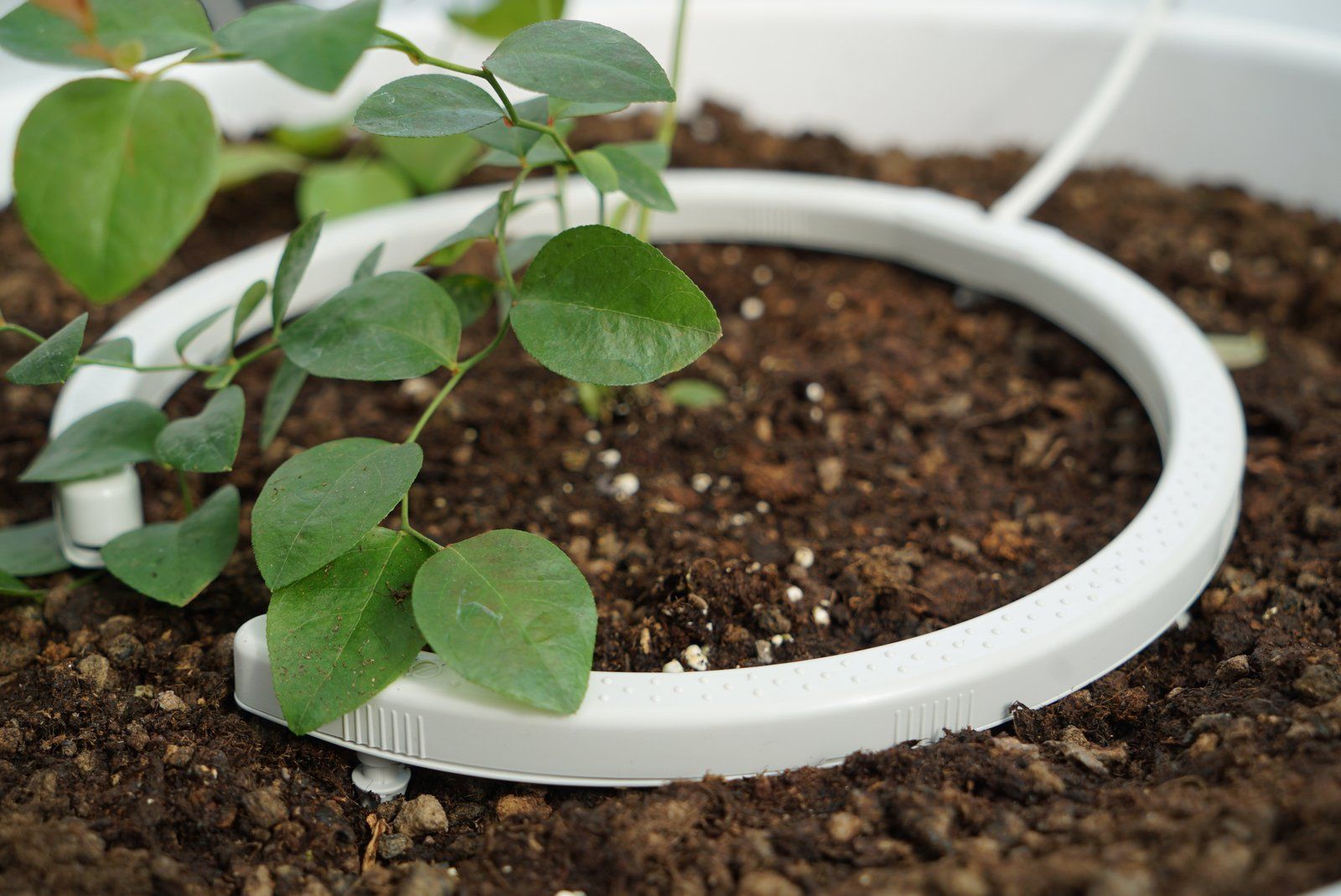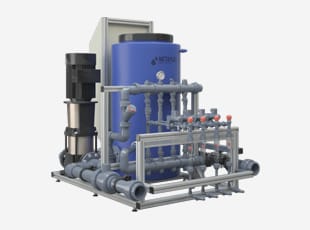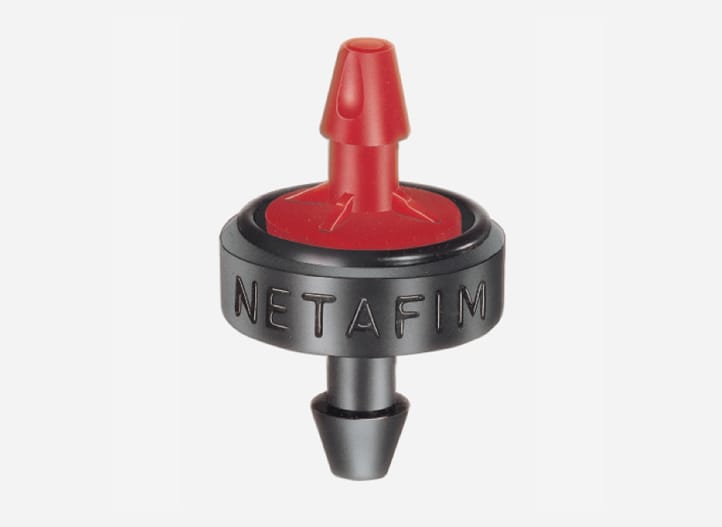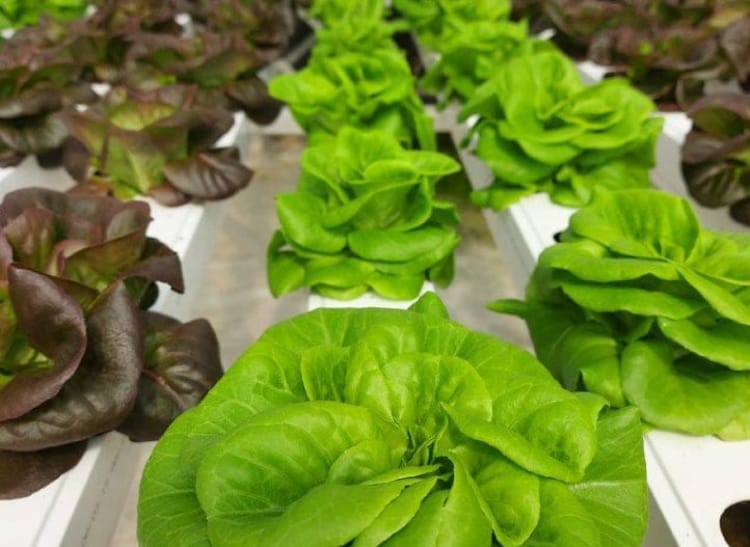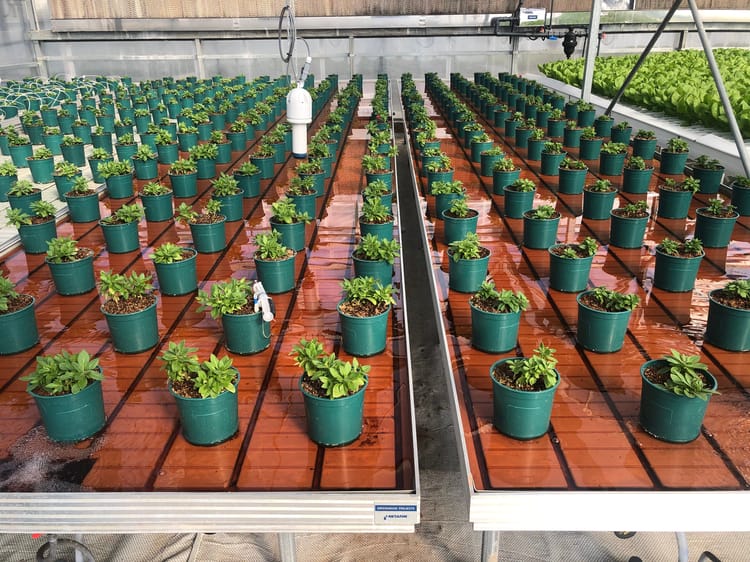Greenhouse Water Systems From the People Who Invented Them
Water is a crucial factor in the success of any greenhouse project. Given the limited soil buffer, greenhouse irrigation systems and fertigation systems are vital for the quality and yield of your crop. At Netafim, we are world leaders in this field, offering flexible greenhouse irrigation and fertigation systems that deliver water and nutrients according to a plant's specific needs:
- Netafim trademark PCJ-CNL drippers
- Netafim fertigation systems
- Netafim trademark sprinklers

